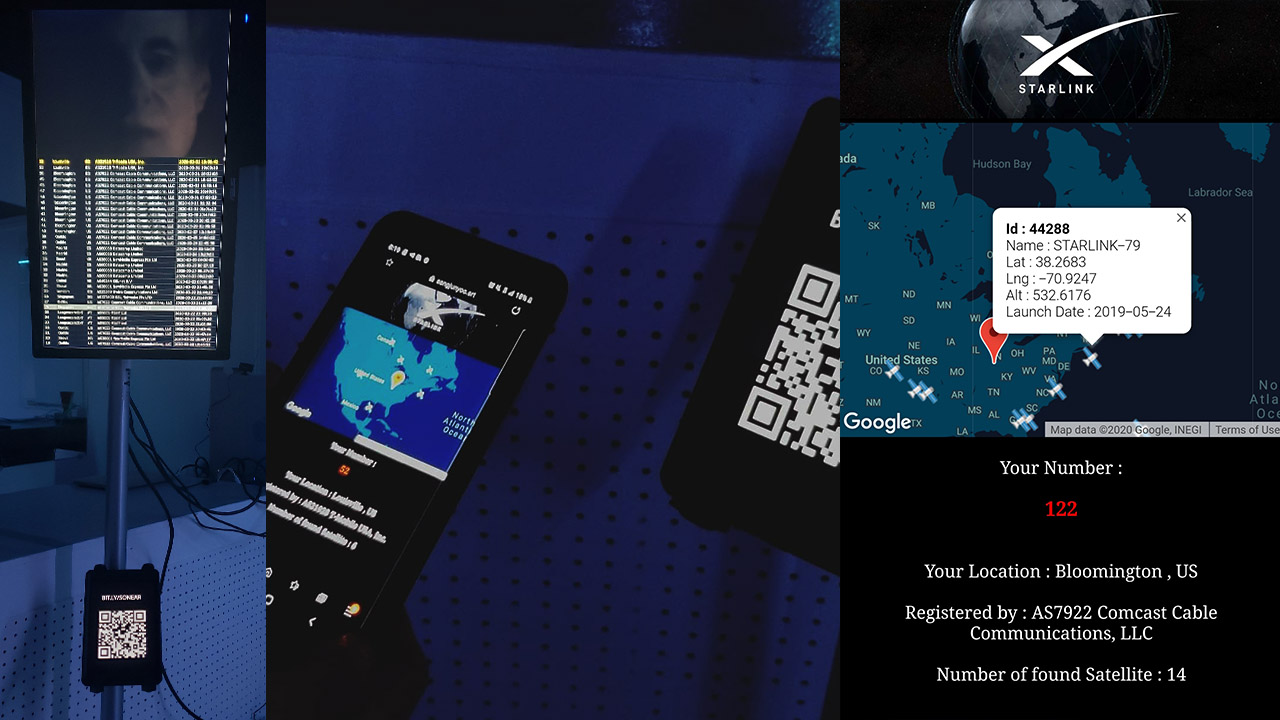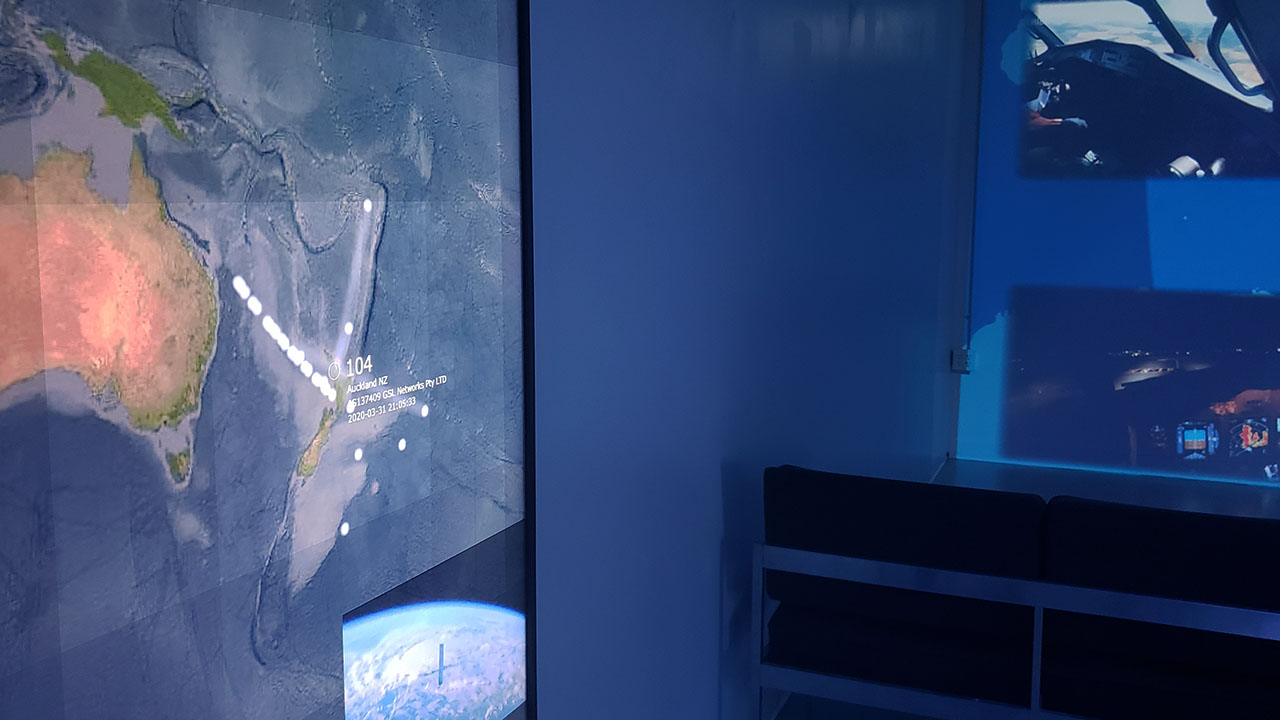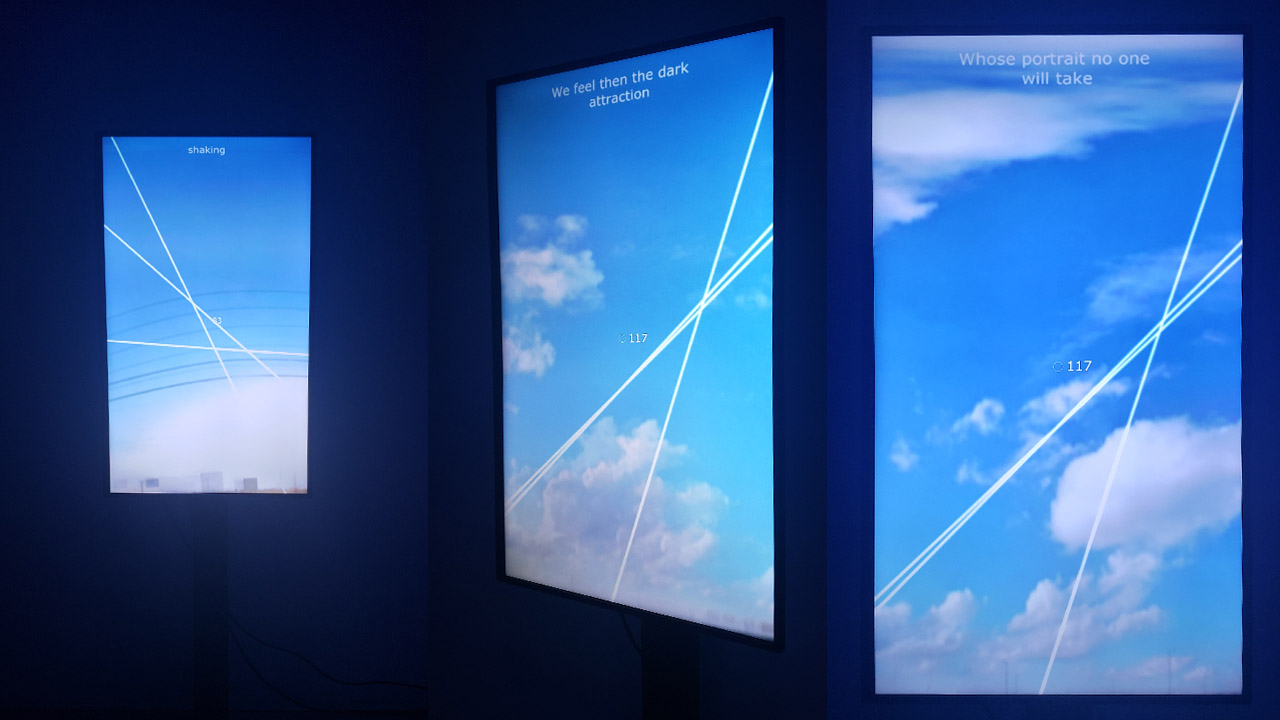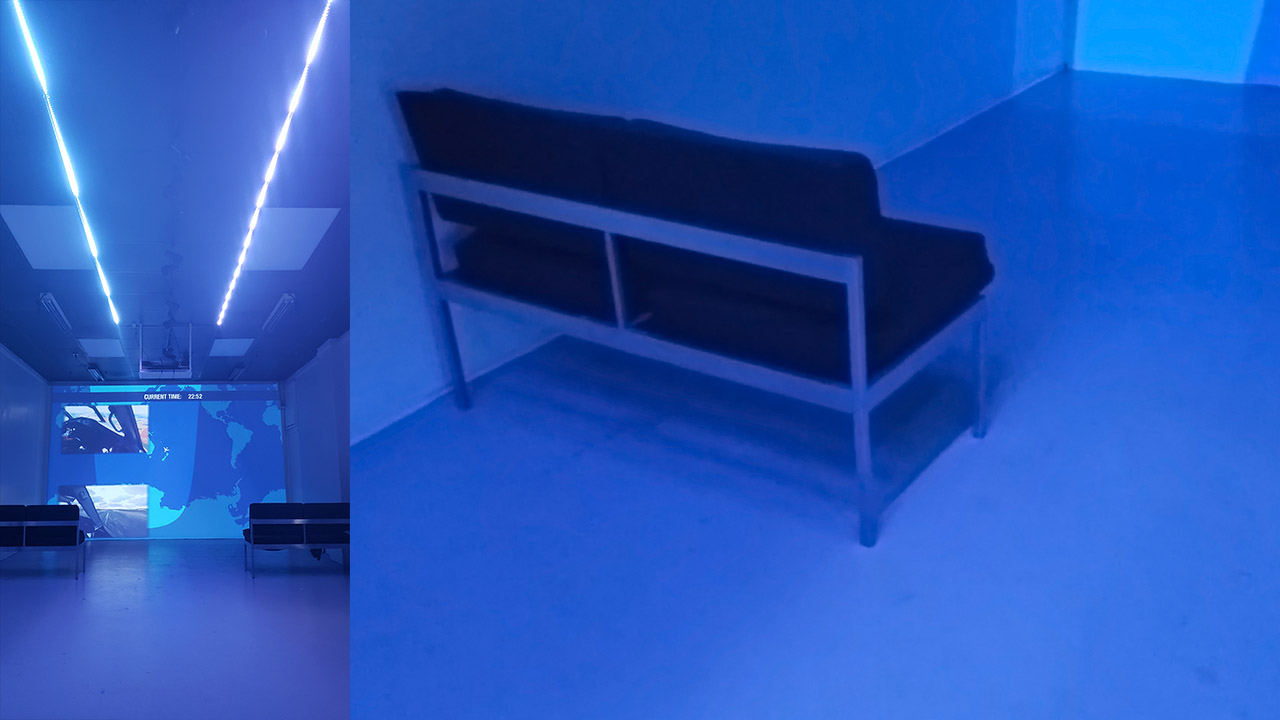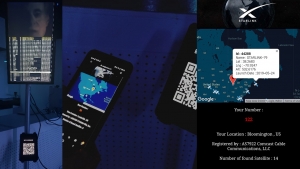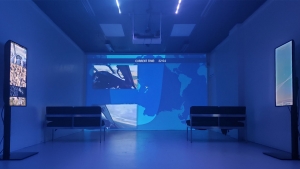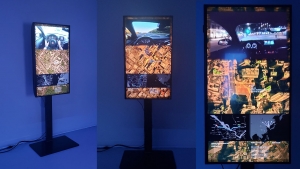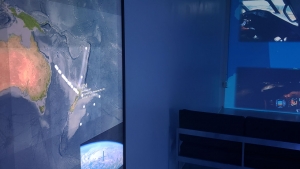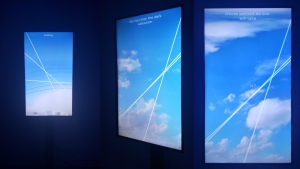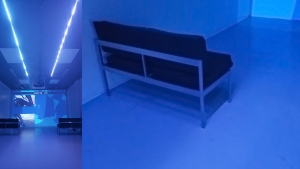solo exhibition
Networked installation
Real-time data visualization, found footage archive, smartphone interface
multiple digital screens, web interface (PHP, SQL, multiple APIs), LED sculpture
The true method of discovery is like the flight of an aeroplane. It starts from the ground of particular observation; it makes a flight in the thin air of imaginative generalization; and it again lands for renewed observation rendered acute by rational interpretation. (Whitehead, 1978)
I Hear a Tree in the Wind at Night examines the interplay between technology and perception by translating biological and geopolitical anxieties into sensory experience. The project reconstructs the vibrations and contours of organic life within the mechanical logic of networked systems, creating a space of tension between the natural and the artificial. The installation was conceived as an open system in which every visitor became a participant, influencing the work’s evolution through real-time data interaction. Though situated in a physical gallery, the project remained globally accessible through a networked interface that connected physical and digital environments.
The system parsed and visualized real-time geolocational information while archiving found footage into a dynamic database. Visitors’ smartphones acted as active agents, transmitting data that shaped the visual and spatial composition. Through this data-driven architecture, the work redefined the “screen” as a perceptual interface that merges experience and mediation. By converting spatial information into temporal visualization, it dissolved the boundary between original presence and digital representation, transforming navigation itself into an aesthetic process.
The exhibition concluded in a shifting field of light and shadow, where movement and stillness intertwined. Bright illumination from the ceiling continuously altered the perception of the space, positioning visitors within a state of perceptual uncertainty between self and environment. This blurred threshold between physical and virtual experience forms the conceptual and technical foundation of my ongoing research into distributed AI perceptual systems and their capacity to sense and express environments beyond human-centered frameworks.
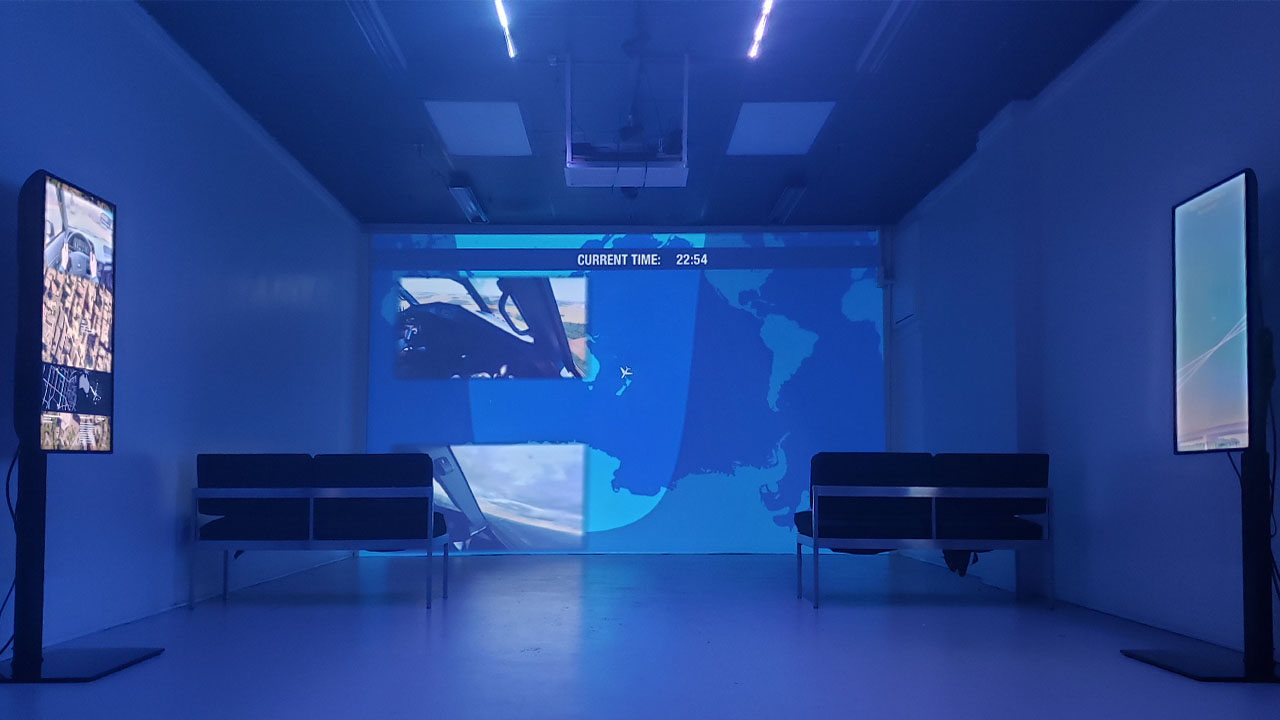
 I hear a tree in the wind at night
I hear a tree in the wind at night 